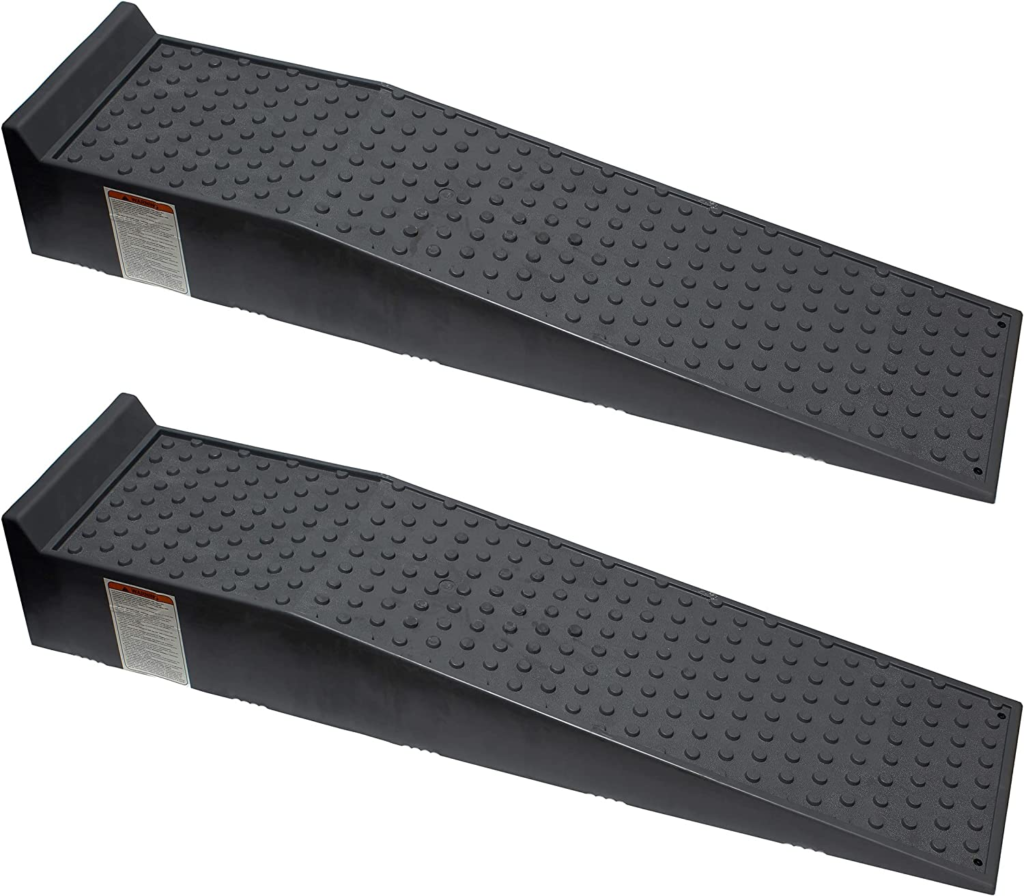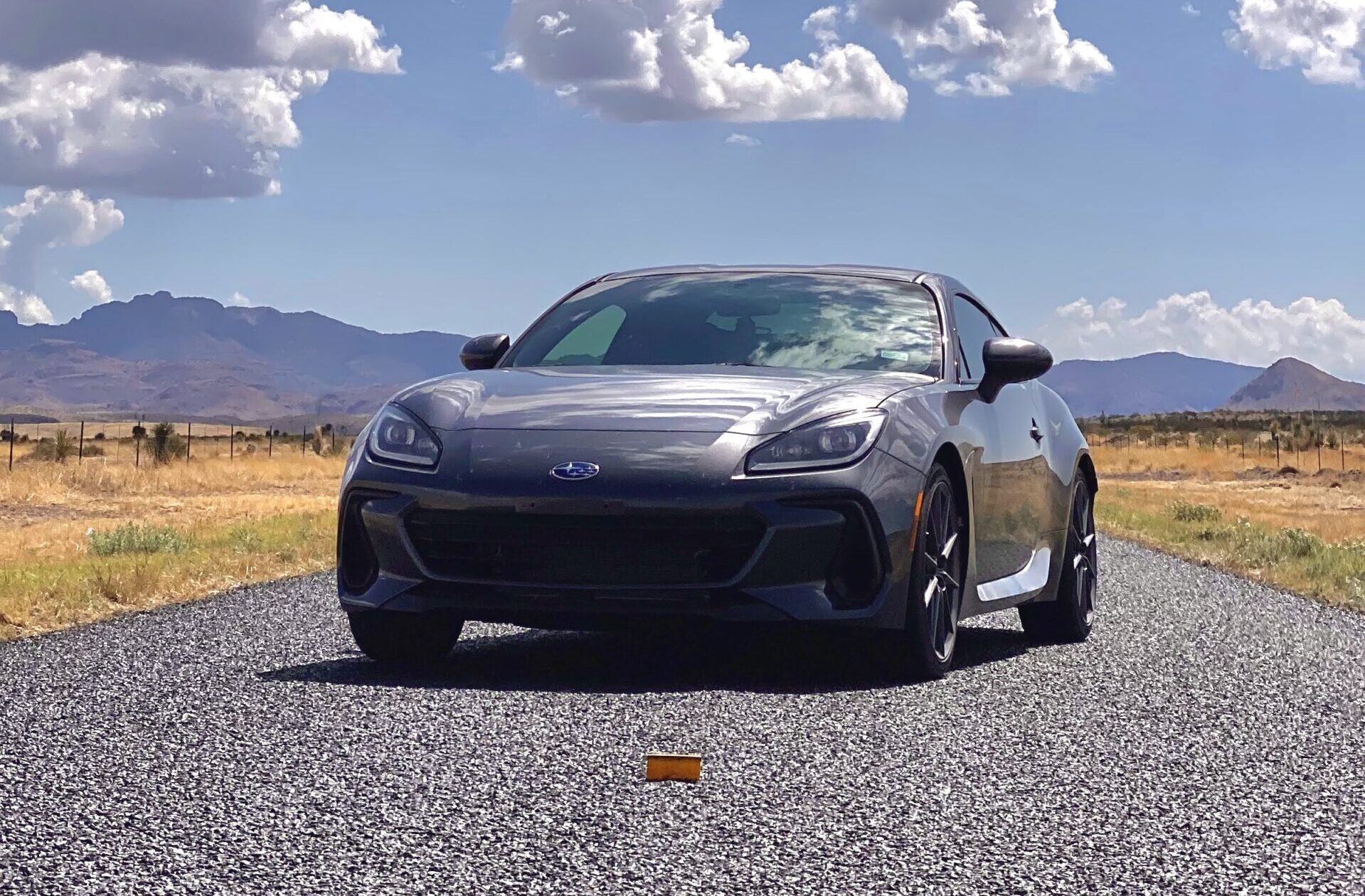Last May, I purchased a car that I’d been looking forward to for more the five years: a 2022 Subaru BRZ Limited in a 6-speed manual transmission. A few key factors were behind my decision:
- It was a manual. Having learned how to drive exclusively in automatic cars, I was always curious about manual cars because of the inherent “cool factor” they have here in the U.S. Traveling overseas and seeing the ubiquity of manual vehicles (so much so that they’re considered to be the “standard” transmission) only further increased my desire to learn – if all these people knew how to drive one, why didn’t I?
- I knew nothing about cars. Once, when helping my friend change a wheel, I accidentally dented their rocker panel because I placed the jack in the wrong spot. Since I hated the idea of not being able to change my own wheel if I ever ran a flat, I wanted to look for a car that had a big aftermarket community as a way to work on my own vehicle and learn more about cars in general.
- I wanted to be a better driver. While I consider myself to be a half decent driver on the road, I wasn’t entirely confident about my defensive driving ability or handling road conditions totally foreign to me as a native Texan. Earlier in 2022, I had also picked up go karting as a hobby with my friends, which got me hooked on the idea of competitive motorsports – what better tool to scratch that itch than a sportscar?
As an affordable, rear wheel drive, low horsepower, manual sportscar known for its great handling and large aftermarket modding community, I knew that the BRZ platform would be the perfect place to start my automotive journey.
Build Plans For 2023
Since getting it in May 2022, the only major milestones and modifications I’ve reached/done are learning how to drive manual and install a dashcam. Now that I’ve saved up enough money to invest in aftermarket parts, I’ll slowly begin modifying my car to be ready for the track and take everyone along for the journey. Since some of these modifications will void the factory warranty, I’ll be placing a strong focus on maintaining the reliability of the car in the hopes of keeping the engine from blowing up.
Here’s a look at some of my mods I’ll be doing over the next few weeks and months in preparation of going to the track. I’ll work to explain how each of the systems associated with the mod work and why I’m making the change.
- Swapping brake pads, brake lines, and brake fluid
- Changing my exhaust and headers
- Incorporating an oil cooler and documenting an oil change
- Upgrading my suspension
- Installing new wheels and tires
- Tuning my engine
I will be prioritizing mods that increase safety and reliability on the track, learning how to push the limits of my car, then doing incremental upgrades to see how changes affect performance.
Necessary Home Mechanic Tools
In order to do most of these mods, you will more than likely need to purchase a key set of tools. This weekend, I swung by Harbor Freight and picked up the following:
Car Jack
A car jack is a tool that lifts your car up into the air. A car jack and accompanying jack stands will allow you to remove your wheels and give you access to brake and suspension components. While there are multiple types of car jacks, most home mechanics will likely be relying on a trolley jack (pictured).

There are a few key considerations when purchasing a jack:
- Capacity
- The capacity of a jack measures the maximum weight of what it is able to lift. You should never try to lift a vehicle that weighs more than the maximum capacity of a car jack, and it’s best to purchase a jack with a capacity higher than what your car weighs.
- The BRZ weighs roughly 2,800 lbs or around 1.5 tons, so I purchased a jack that could lift 2 tons just to be safe.
- Minimum lift height
- This is the minimum distance from the ground the jack needs in order to get under the car and begin lifting. This is more of a consideration for sedans or lowered sports cars.
- The BRZ has a ground clearance of 5.1 inches, and I plan to lower it another 1 – 1.5 inches in the future. The jack I purchased has a minimum lift height of 3.5 inches.
- Maximum lift height
- This is the maximum distance from the ground that the jack is able to lift your vehicle. A greater maximum lift height means that you will be able to use taller jack stands and have more room to work under your car.
- Weight
- The weight of the car jack itself. If you’re storing your jack in your garage, it doesn’t matter too much, but if portability is an important consideration for you, know that some jacks can be upwards of 100 lbs.
Note that you should NEVER work under a vehicle that is supported by only a car jack. Car jacks are hydraulic devices, and if something fails, your vehicle will fall.
Jack Stands

Jack stands support your vehicle from below. Once your vehicle has been lifted, place a pair of jack stands below your car’s jack points and lower the vehicle onto the stands. Check your owner’s manual to determine exactly where the jack points for your vehicle are located.
You should always use jack stands in pairs – one to support the driver’s side and another to support the passenger’s. If needed, you can use two pairs of jack stands to support both the rear and the front of your vehicle.
Similar to car jacks, they also have a maximum weight capacity and min/max lift heights.
Wheel Chocks

As you lift your car into the air, more weight will be placed on the wheels left on the ground and the car will begin to shift away from the jack point. In order to prevent this, wheel chocks (often made of wood or rubber) are placed in front of the tires to halt their progress and keep the car in place.
Ramps

If you don’t need to take your wheels off and just need access to the bottom of your car, you can rely on ramps. These are pretty self explanatory – you place ramps in front of your tires (either front, back, or both, depending on your needs) and drive on top of them.
Wrenches, Ratchets, and Sockets
Investing in a set each of wrenches, ratchets, and sockets are a must, both for at home DIY and for working on cars. These will allow you to loosen and tighten the various nuts and bolts that hold your car together. You will see sizes offered in both SAE (measured in inches and fractions of inches) and metric (measured in millimeters).
Torque Wrench

A torque wrench allows you to tighten a nut or bolt to a specific torque amount, measured in either foot-lbs or inch-lbs. It’s best to follow manufacturer recommendations on torque specs to ensure that parts stay secure and don’t shake themselves loose through vibration or heat cycles. Never use a torque wrench to loosen a stuck bolt as it could ruin the calibration of the wrench and be sure to check that major nuts and bolts are torqued to the right spec on a regular basis. Some mechanics will use a paint marker to provide a visual reference for whether a nut or bolt has worked itself loose over time.
Safety Equipment
Gloves and safety glasses are a must to ensure you don’t bust your knuckles trying to work a bolt loose or get oil/coolant in your eyes. Safety first!
Conclusion
Learning to work on cars can be an incredibly useful skill and save you money in the long run. Even if you don’t go to the same lengths I do, just learning how to perform a simple oil change for yourself will mean one less trip to the mechanic. I hope this new journey will help you learn something new and empower you to work on your own car!
